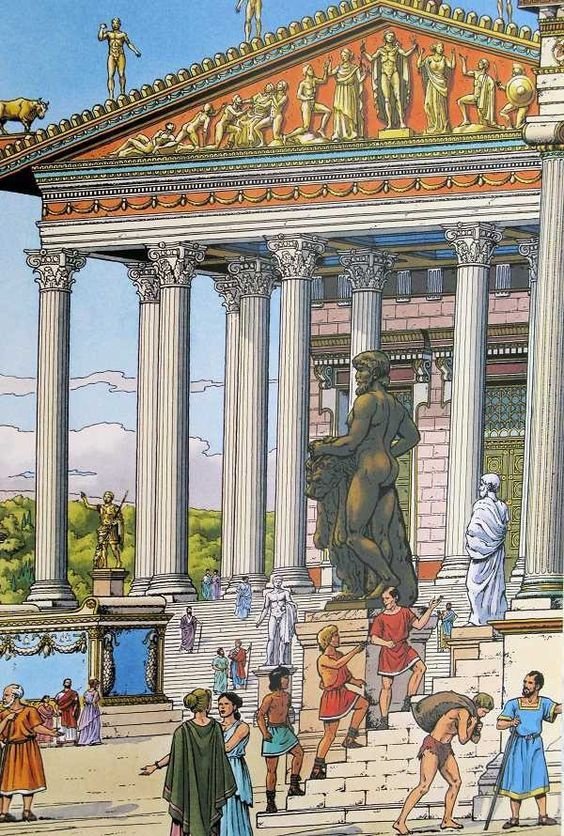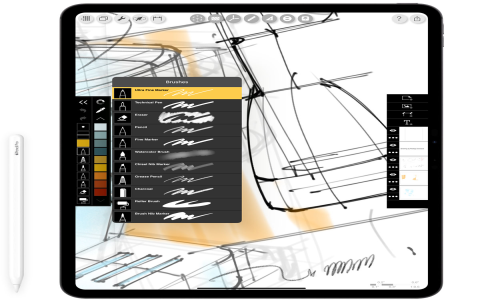I kept seeing pictures of Roman stuff online that looked brand new after like a thousand years. Figured someone was lying through their teeth or they knew some secret sauce I didn’t. So I bought a plane ticket to Italy last spring, dragging my beat-up notebook and a cheap measuring tape, thinking I’d poke around myself.
Getting my hands dirty
Landed in Rome, straight off took the subway to the Colosseum like every other tourist. But instead of snapping selfies, I squeezed into this tiny back alley behind the main arches. Got my fingers on the actual stones – these giant blocks didn’t even wiggle. Felt like grabbing a mountain. My cheapo measuring tape? Worthless. Blocks were as tall as my damn thigh.
The concrete hunt
Next day, I tracked down some aqueduct ruins outside the city. Got yelled at by an old farmer when I scraped at the concrete with my pocketknife. But look – when I chipped it? The inside was smoother than butter and still hard as hell. Took notes:

- Pozzolana ash is key: Found out they mixed seawater with volcanic ash called pozzolana. Made a little X in my notebook.
- Gravel size matters: Pebbles inside were all different sizes packed TIGHT. Not like modern concrete with same-sized rocks.
- Drainage holes everywhere: Spotted holes drilled into everything. Stone seats at theaters, temple floors, even bridge legs.
Bad idea experiments
Came home thinking, “Bet I could make Roman-style gutters for my soggy backyard.” Bought some Portland cement and volcanic ash powder online. Mixed four batches:
- Regular modern concrete
- Concrete plus pozzolana ash
- Concrete plus ash AND chunks of pottery
- Ash with gravel like the aqueduct samples
Poured ’em into bread pans, stuck ’em outside my garage. First winter? Modern concrete cracked like potato chips in milk. The pozzolana mix got white scabs on it. But that ash-pottery-gravel mess? After seven months of rain, snow, and my neighbor’s sprinkler? Still solid as my grandma’s meatloaf.
What sticks
Roman builders were paranoid about water. Every structure breathes. Saw it myself – arches let air flow through walls, drainage holes spit out rain, and their concrete actually HEALS when cracks suck in moisture. My ugly concrete bread pans proved it: their crap was messy but lasted because water could move without wrecking the core. Modern stuff? Traps water till it explodes. Still got those molds rotting behind my garage – lesson learned the hard way.



